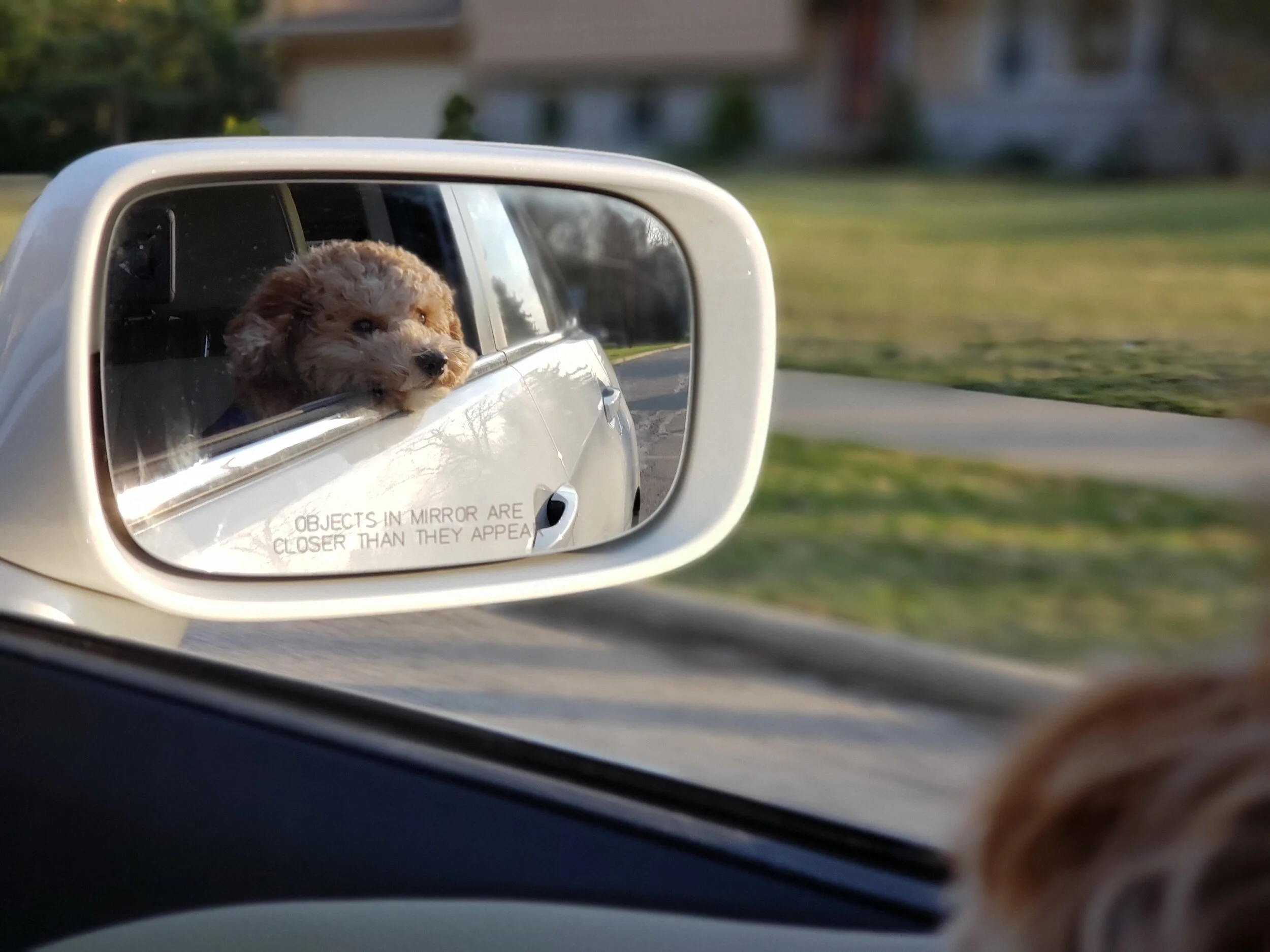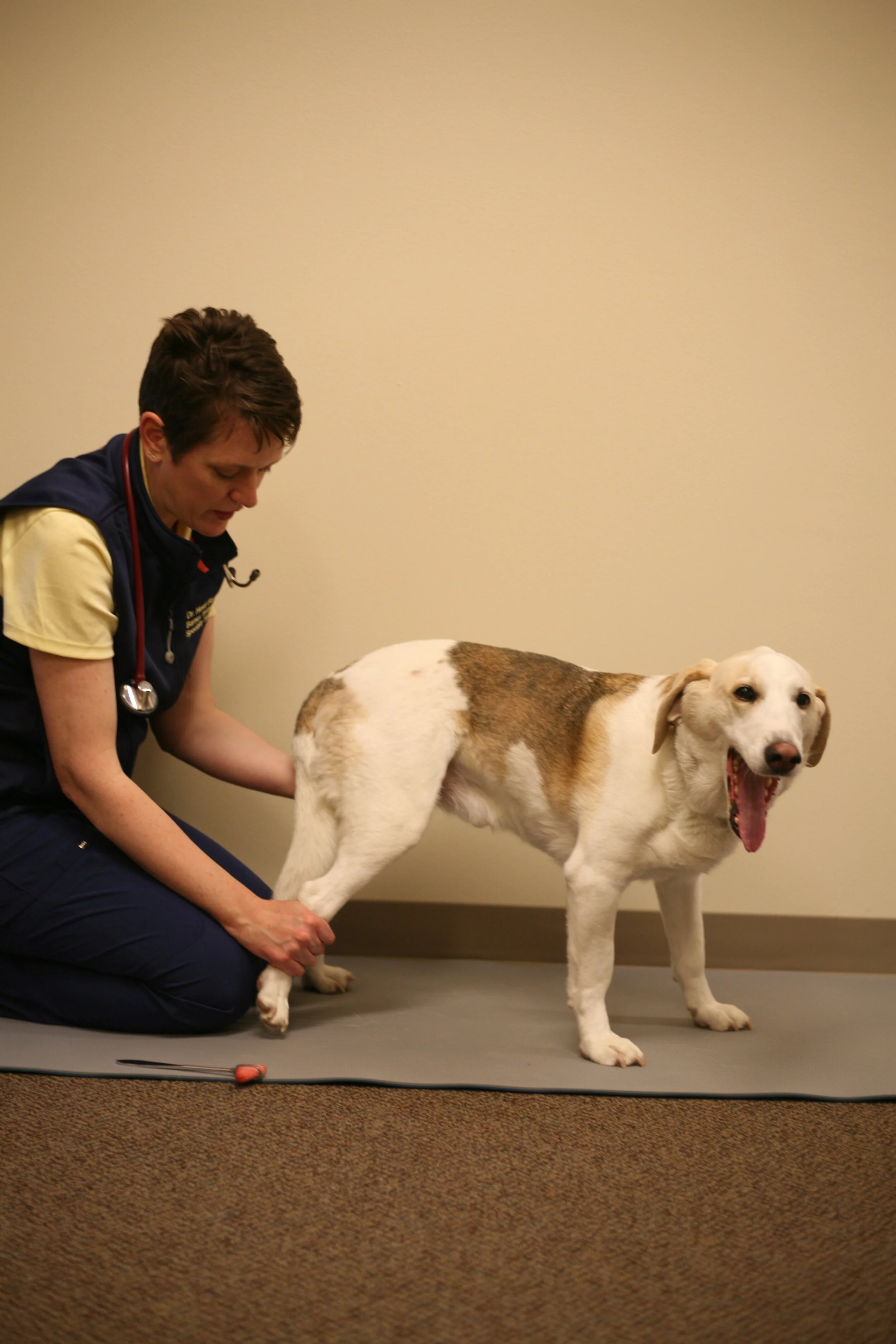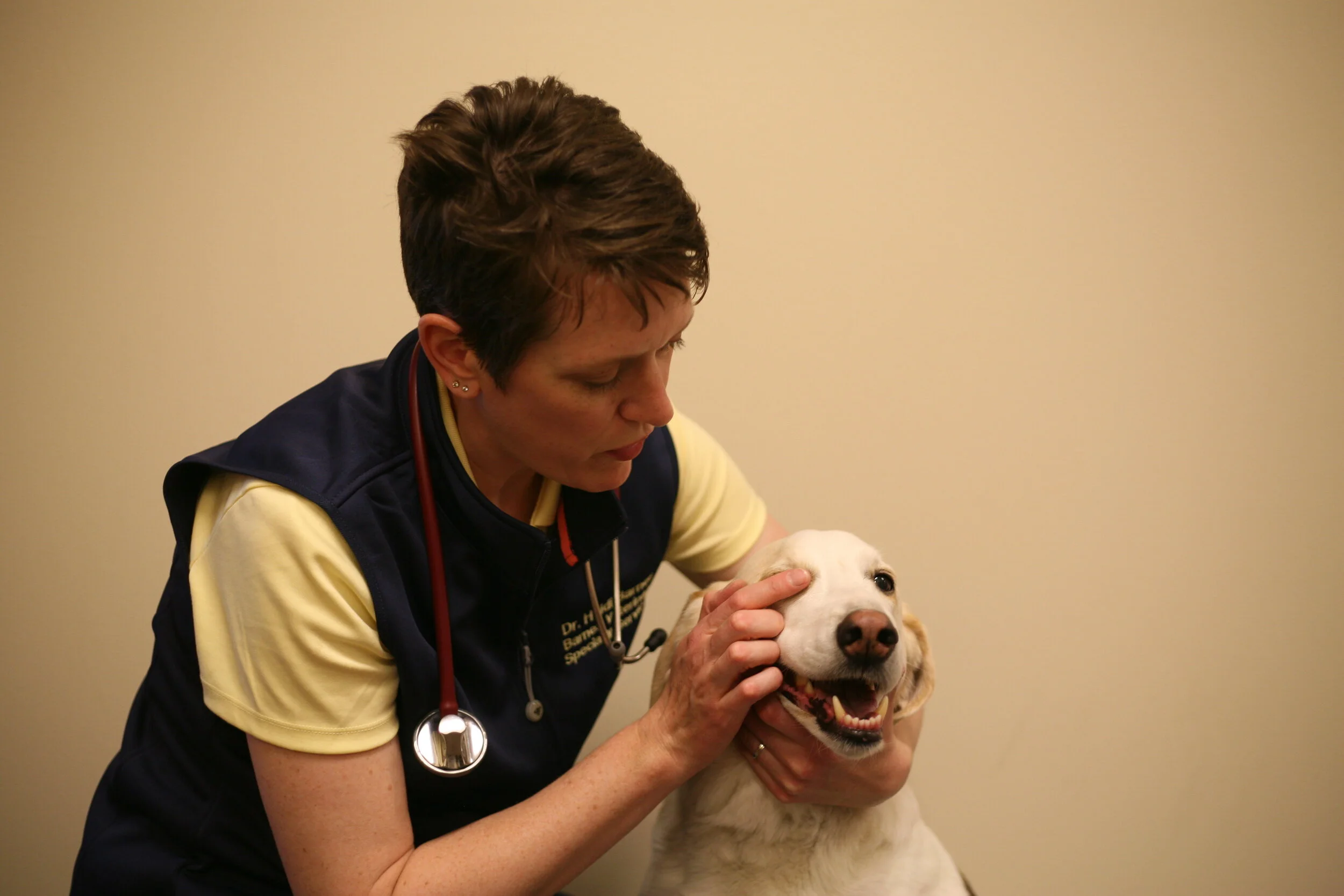What do you know about collar-mounted accelerometers for seizure detection? You might be familuar with FitBit for activity tracking. What if we used a similar product for canine seizure detection? Read this week’s TidBit Tuesday to see how one researcher did this…and the results.
Movement
Prevalence of Idiopathic Epilepsy in Dogs
Idiopathic Epilepsy Update!
A recent article out of the Vet Record by Dr. Rachel Hall and colleagues outlines the prevalence of idiopathic epilepsy and structural epilepsy in dogs.* I found this a very interesting read, packed with useful information so I thought I'd pass along a bit (get it?) of it to you!
Study Design and Points Worth Noting
This is a retrospective study based out of the UK.
900 cases with MRI, a neurologic examination and medical record history were included. (wow!)
Structural epilepsy is defined as a seizure disorder secondary to an identifiable structural cause. Examples include neoplasia, meningoencephalitis, hydrocephalus, etc.
Idiopathic epilepsy is defined as the lack of identification of a structural abnormality in a pet with 2 or more discrete seizures.
Small (< 10 kg), medium (10-20 kg) and large breed (>20 kg) dogs were represented in approximately the same percentage in this study.
Results of Interest (there are a lot of interesting results in this study!)
About 50% of the dogs were between 6 months and 6 years old, and 50% were > 6 years old.
About half of the dogs had structural epilepsy based on abnormal MRI findings
The other half of dogs had no significant findings on MRI and the majority were classified as having idiopathic epilepsy. (The others had toxin and metabolic disease diagnosed).
Prevalence of idiopathic epilepsy in dogs in the UK? 50%!
Okay, fine (you might think) how does knowing the prevalence of idiopathic epilepsy in dogs in the UK help me?
I'm glad you asked...
Idiopathic epilepsy was the leading diagnosis for dogs between 7 months and 6 years old. Inflammatory brain disease was second.
Take away point? Meningoencephalitis is NOT rare! Oh, and idiopathic epilepsy is most common in the group of dogs we thought it would be most common.
Idiopathic epilepsy was also the leading single diagnosis (34%) for dogs over 6 years of age. HOWEVER when they combined all types of neoplasia together into one group they found 43% of dogs over 6 years of age had neoplasia making it the leading singe diagnosis in this group.
Take away point? Read that sentence above again! I considered making this TidBit Tuesday a one line update because it's so critical to make sure we don't forget that "old" dogs can actually have idiopathic epilepsy!
Also, dogs over 6 years of age had structural epilepsy more often than idiopathic epilepsy if all causes for structural epilepsy were combined. (Not surprising, I know.)
What do you do with this information?
Do a neuro exam on every patient with a seizure history!
If the exam is NORMAL, include idiopathic epilepsy on the differential diagnoses list, regardless of age.
If the exam is ABNORMAL, include causes for structural epilepsy on your differential diagnoses list, regardless of age.
Thanks for reading - I hope you have a great week!
Reminder! Upcoming Webinar "The Neurologic Exam for the Busy Vet" on Wednesday May 27th 12-1pm and repeated 7-8 pm.
Check out my website at www.barnesveterinaryservices.com for details and registration.
* Hall R, et al. Estimation of the prevalence of idiopathic epilepsy and structural epilepsy in a general population of 900 dogs undergoing MRI for epileptic seizures. Vet Record 2020.
Are You Ready For a Tongue Twister?
The Genetics of Disc Herniation
What is the deal with chondrodystrophy, anyway?
Chondrodystrophic dogs are born to have short stature, and abnormal aging of the intervertebral discs. It's what makes a Dachshund or French Bulldog look like, well, a Dachshund or French Bulldog! I'm sure it comes as no surprise that there is a genetic reason why they look this way. But, did you know that someone has sorted out the genetic mutation that has been linked to chondrodystrophy and disc herniations?
What is the genetic mutation and what does it mean?
Several studies in 2019 (and earlier) looked at copies of 12-FGF4RG and 18-FGF4RG status in chondrodystrophic dogs and found that if a dog carried at least 1 copy of the 12-FGF4RG gene they were significantly smaller, younger and more likely to have radiographically calcified discs than those without. Furthermore, 12-FGF4RG was the only factor identified in multivariate logistic regression models that contributed to needing disc herniation surgery in mixed breed dogs. Mixed breed dogs? (You ask.) Yes, Dachshunds and French bulldogs, specifically, have such a high rate of carrying 1 or 2 copies of the 12-FGF4RG gene that it's impossible to say with the relative risk of disease is for these breeds with the mutation. In other words, if every Dachshund has the mutation is it actually related to disc herniation? Not sure yet. One study found that non-Dachshund and French Bulldogs had between a 5.1-15.1 fold increase of disc herniation if they had at least 1 copy of this gene.
What do I do with this information?
If you have a neutered animal, nothing. It might predict the risk of disc herniation in that animal but that animal is already born, and presumably loved, so this information is not actionable. If you have a client considering breeding you may be faced with the results of this genetic information and asked the question above. My opinion? There are specific breed risks so either read the published data on risk for the specific breed in question, or reach out to me and I'll gladly pass along the information. It's in a handy table, but not my data so I don't feel comfortable including it in the TidBit Tuesday mailer. If possible, breeders should try to breed dogs with zero or 1 copy to dogs with 1 or zero copies of the mutation to reduce it's presence in the breed. *This doesn't apply to Dachshunds or French Bulldogs for the above mentioned reasons!
Keep those chondrodystrophic dogs fit, healthy, and leading low impact lifestyles! It won't eliminate the risk of a disc herniation but it may make recovery easier.
Batcher K, Dickinson P, et al. Phenotypic Effects of FGF4 Retrogenes on IVDD in Dogs. Genes (Basel) 2019; 10(6): 435.
Do you have a case you'd like to discuss with me? Feel free to email, text, or call me! I'm still trying to see mostly video consults whenever possible but I'm gradually increasing the live consults performed. Either way, I look forward to (continuing) to work with you!
Phenobarbital Wins Again!
What is the difference between paresis and ataxia and why should you care?
CPS, Postural Reactions, Paw Replacement...Oh My!
Performing CPs, or the paw replacement test, is so important for lesion localization, or to even identify if a patient has a neurologic problem. But it is difficult! This test causes residents to fret and frown because subtle differences in how you hold a patient, the flooring, and even environmental stimuli can affect how they place their limb. If you practice…it gets easier!
How do you identify increased intracranial pressures following head trauma?
Meningoencephalitis....wait, what is this??
Update on Atlantoaxial Subluxation!
Luck O' the Irish (Wolfhound)
What is Masticatory Muscle Myositis?
What every vet should ask about seizures
Caudal Occipital Malformation Syndrome in dogs
What is Caudal Occipital Malformation Syndrome? This malformation affects the caudal aspect of the skull which results in over crowding of the intracranial structures. If you think overcrowding in airplanes is tough, try over crowding your skull! The result…a multitude of clinical signs. Read on to see how this disease presents and is managed in dogs.


















